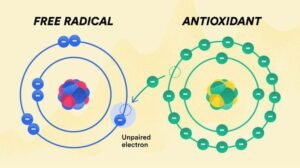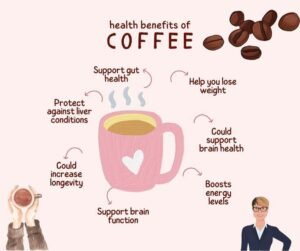Coffee is one of the most cherished potables worldwide, consumed daily by millions of people for its rich taste and stimulating goods, primarily due to its caffeine content. still, as with any food or drink, there are health considerations that arise during the coffee product process, especially during the riding stage. The way coffee is roasted can significantly impact not only the flavor of the final mug but also its nutritive content and implicit health goods Health Considerations in the Coffee Roasting Process. This composition will explore the crucial health considerations that arise during the coffee riding process, fastening on the conformation of salutary composites, the implicit creation of dangerous substances, and the influence of riding on overall coffee quality.
* The conformation of Health– Promoting composites During riding *
The riding process is a transformative stage where green cupcoffee sap suffer chemical changes that not only develop their flavor but also enhance their health benefits. One of the most significant health- related metamorphoses involves the creation of * antioxidants *.
1. * Antioxidants *

Coffee is one of the most significant sources of antioxidants in the ultramodern diet, and these composites play a vital part in nfree revolutionaries in the body. Free revolutionaries are unstable motes that can beget oxidative stress, which has been linked to colorful habitual conditions, including heart complaint, cancer, and diabetes. The riding process helps release a variety of antioxidants, including * chlorogenic acids *, which are abundant in coffee. These antioxidants -inflammatory parcels and may help in reducing the threat of certain conditions, contributing to coffee’s implicit health benefits.
2. * Caffeine

Roasting also affects the caffeine content of cupcoffee although the changes are fairly minimum. Caffeine, a natural goad, is one of the primary reasons people drink coffee. While caffeine situations are slightly reduced in darker repasts compared to lighter bones
, the difference is n’t substantial. For illustration, a light repast may contain slightly further caffeine per ounce than a dark repast, though the effect is generally negligible when consumed
